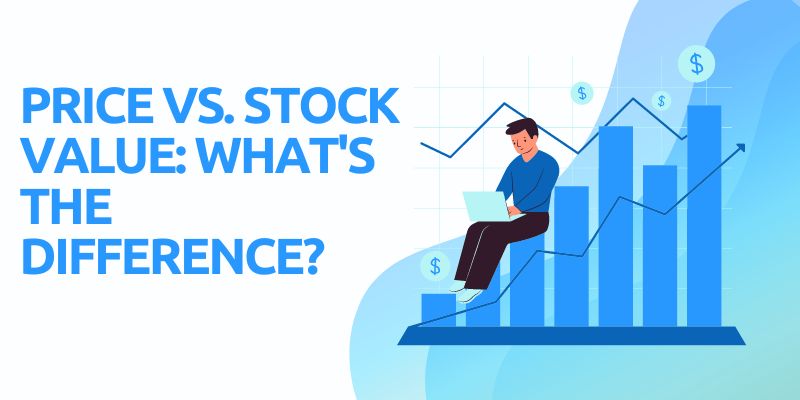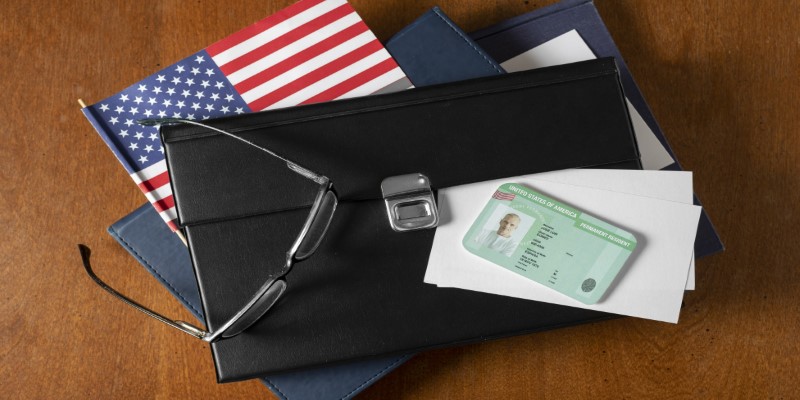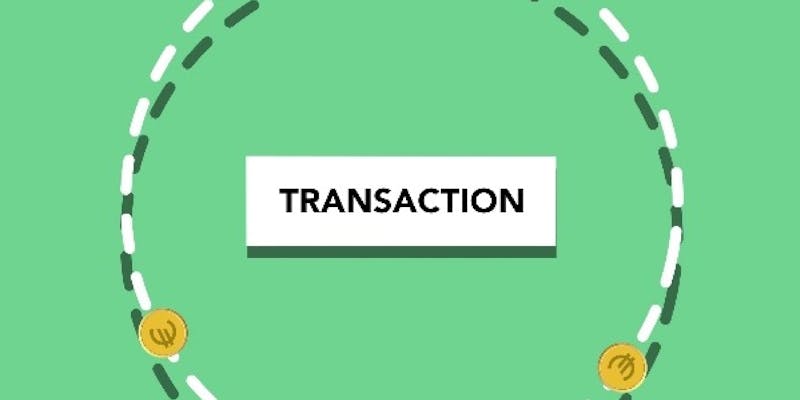Crossing the Financial Bridge: A Comprehensive Bridge Loan Guide
Looking to bridge financial gaps swiftly? Understanding bridge loans is key. These short-term financing tools offer immediate cash until long-term solutions are secured. Whether in real estate or business ventures, bridge loans provide flexibility, allowing you to act quickly on opportunities. In this comprehensive guide, we'll delve into what bridge loans are, their types, and how they work, and provide examples to illustrate their effectiveness. By the end, you'll have a solid grasp of how bridge loans can help you easily navigate temporary financial needs. Let's dive in!
What Is a Bridge Loan?
A bridge loan is a temporary loan intended to offer immediate funds until more stable financing is obtained or current financial obligations are fulfilled. It "bridges" the gap between your current situation and your desired outcome. These loans are typically used in real estate transactions but can also be applied in other scenarios.
Types of Bridge Loans
There are various types of bridge loans, each serving different needs:
Real Estate Bridge Loans: Commonly sought by homebuyers, these loans facilitate the purchase of a new home before selling the current one. They provide interim funding to cover down payments and closing costs, ensuring a seamless transition between properties.
Commercial Bridge Loans: Businesses utilize these loans to address short-term financial gaps. Whether awaiting long-term financing or finalizing asset sales, commercial bridge loans offer quick access to funds, enabling companies to manage cash flow effectively.
Construction Bridge Loans: Builders rely on these loans to finance construction projects until they secure permanent financing or sell the property. These loans cover expenses such as materials, labor, and permits, allowing builders to commence or continue construction without delays.
Each type of bridge loan serves a specific purpose, providing temporary financial assistance tailored to individuals, businesses, and builders' unique needs. Understanding these distinctions is crucial for selecting the appropriate bridge loan that aligns with your financial objectives.
Top of Form
How a Bridge Loan Works

A bridge loan provides quick access to cash for borrowers who need immediate funds for a short period. Here's a detailed breakdown of how bridge loans operate:
Quick Access to Funds
Bridge loans are designed to offer rapid access to cash, often within a few weeks of applying. This speedy process enables borrowers to seize time-sensitive opportunities or promptly address urgent financial needs. Whether acquiring a property or funding a business venture, bridge loans provide the necessary liquidity to act swiftly.
Short-Term Solution
One of the defining characteristics of bridge loans is their short loan terms. These loans typically span a few months to a year, making them temporary financial solutions. Borrowers utilize bridge loans to cover expenses or investments until they secure more permanent financing or fulfill existing obligations. Since they are intended for short-term use, bridge loans are structured to be repaid quickly.
Higher Interest Rates
Bridge loans typically have higher interest rates than traditional loans because of their short duration and associated risk. Lenders charge higher interest rates to compensate for the shorter duration and increased uncertainty of repayment. Borrowers should be aware of these higher rates and factor them into their financial planning when considering bridge loans.
Secured by Collateral
Like most loans, bridge loans are secured by collateral the borrower provides. Collateral serves as security for the lender if the borrower defaults on the loan. Common forms of collateral for bridge loans include real estate properties, business assets, or other valuable assets owned by the borrower. The collateral helps mitigate the lender's risk and assures that the loan will be repaid.
Flexible Repayment Options
Bridge loans offer borrowers flexibility in repaying the loan based on their financial circumstances. Unlike traditional loans with fixed repayment schedules, bridge loans provide various repayment options. Borrowers may choose to make interest-only payments during the loan term and repay the principal amount in full at the end. Alternatively, they may pay off the entire loan, including both principal and interest, at once when they secure long-term financing or sell the underlying asset.
Example of a Bridge Loan
To better understand how a bridge loan works, consider an example: Imagine you're a homeowner who has found your dream home. You're excited about moving in, but there's a hurdle: you haven't sold your existing property yet. In this scenario, you might be facing a dilemma. You don't want to miss out on the opportunity to purchase your dream home, but you don't have the funds to make the down payment and cover the closing costs.
This is when a bridge loan is useful. A bridge loan provides the necessary funds to bridge the financial gap between purchasing your new home and selling your current one.
Here's how it works:
Finding Your Dream Home: You've found the perfect new home you want to buy but don't have the cash to pay down or cover the closing costs.
Taking Out a Bridge Loan: You take out a bridge loan to secure the new home. This loan provides the immediate funds needed to complete the purchase, allowing you to move forward with buying the new property without waiting for your current home to sell.
Using the Bridge Loan Funds: With the bridge loan, you use the funds to pay down your new home and cover any associated closing costs. This ensures you can proceed with the purchase without having to dip into your savings or wait for your current property to sell.
Selling Your Current Home: After securing the new home, you focus on selling your current property. Once you find a buyer and the sale is finalized, you receive the proceeds.

Paying Off the Bridge Loan: You use the proceeds from selling your home to pay the bridge loan in full. This closes the financial loop, leaving you with the new home as your primary residence.
Conclusion
Bridge loans can be valuable for individuals and businesses facing temporary financial needs. Whether you're a homebuyer looking to transition smoothly between properties or a business owner seeking short-term funding, bridge loans offer flexibility and quick access to capital. However, weighing the costs and risks associated with these loans is essential before deciding if they're the right option for you.

By John Davis : May 18, 2025
How To Stay On Track With Your Financial Plan Resolves For The New Year
New Year's financial resolutions are more likely to be kept if they involve setting realistic and measurable goals, creating a budget, automating savings, reducing debt, boosting income, reviewing insurance, seeking professional guidance, and keeping motivation levels high. If you follow these steps, you'll be on your way to building the financially stable future you've always imagined.
Read More
12195

By Kelly Walker : Oct 05, 2024
Potential Warnings About Index Funds
Investing in index funds can be a great way to grow your money, but there are also potential risks that should be considered. Learn what you need to know and pay attention to before making an informed decision about your finances.
Read More
13038

By Kelly Walker : Dec 17, 2024
Price vs. Stock Value: What's the Difference?
The price of the stock is what you actually pay for it. However, value is an intrinsic feature of an asset.
Read More
8777

By Rick Novak : Oct 10, 2024
Explaining Trailing Stop Loss in Day Trading
How a trailing stop loss can help you in day trading. Learn how it protects your profits and reduces losses in fast-moving markets.
Read More
10987

By Rick Novak : Dec 27, 2024
The U.S. Treasury Yield Spread What You Need to Know
Discover what the U.S. Treasury yield spread is, how it impacts the economy and financial markets, and why it's important for investors.
Read More
4274

By Rick Novak : Dec 24, 2024
"Top Line vs. Bottom Line: Key Indicators of Financial Performance"
Explore key strategies for analyzing and enhancing your company's financial health through top and bottom line growth and strategic planning.
Read More
19916

By Rick Novak : Sep 30, 2024
How Bonds Affect the Stock Market: Everything You Need to Know
This article provides a detailed overview of how bonds affect the stock market and their mutual relationship
Read More
5366

By Rick Novak : Aug 20, 2024
Debt and Credit Obsolescence and How to Survive It
Removing debt and credit score enhancement requires budgeting, spending only what you earn, and paying with cash or debit. Credit-checked services may also be limited
Read More
618

By Rick Novak : Aug 01, 2024
Achieving Stock Market Mastery: Strategies for Winning Stocks
Discover how to choose winning stocks over losing ones. Practical tips for successful investing in the stock market.
Read More
1271

By John Davis : May 18, 2025
What Are The Key Differences Between Exchange-Traded Funds (ETFs) And Index Funds?
Exchange-traded funds (ETFs) and index funds allow investors to purchase a diversified portfolio of securities. While index funds are mutual funds meant to passively track a specific market index, exchange-traded funds (ETFs) are traded like individual stocks. They can be managed either passively or aggressively. ETFs typically have lower entry thresholds than index funds, and ETFs change more frequently.
Read More
19820

By Rick Novak : Oct 26, 2024
How to Tackle Your Student Loans Without Stress: An Ultimate Guide
Do you want to discover effective strategies for managing your student loans? Give this article a read to learn how to plan your repayments, explore refinancing options, and avoid default.
Read More
12090

By Kelly Walker : Nov 22, 2024
International Bank Account Number (IBAN): A Comprehensive Guide
IBAN number is globally used to make banking and transferring money easier and more secure. You can check it easily with your bank or online checkers.
Read More
2748